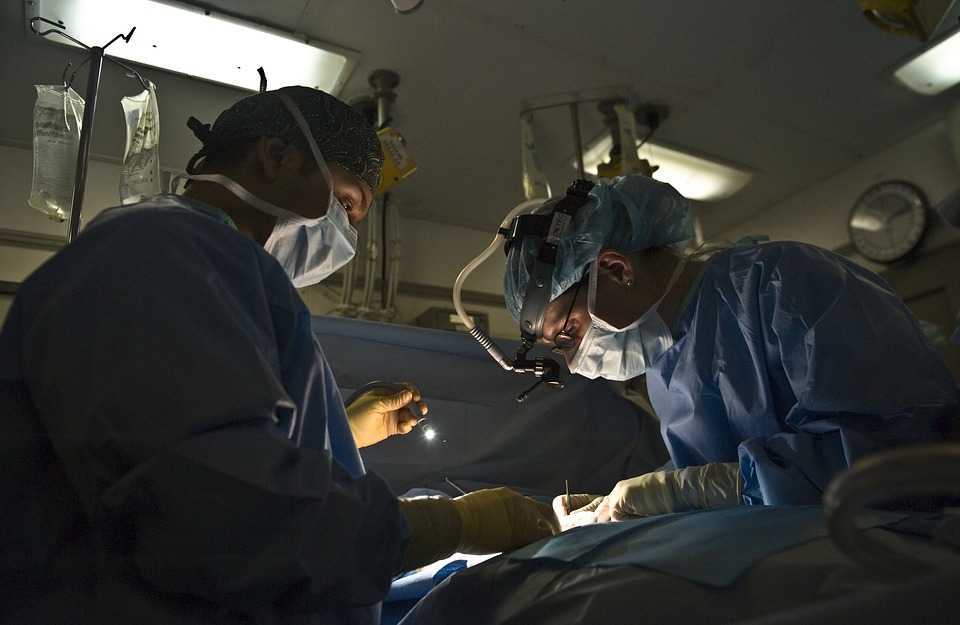
For athletes, there is no dirtier word than “injury”. It represents all the things we want to avoid–lost money, lost training time, pain, inconvenience, and so much more. Trauma to the body is certainly trauma to the mind as well.
As a result, we go out of our way to avoid injuries. We work to stretch properly and to be in good condition before participating in a sport or other physical activity. We invest in quality gear to minimize the risk, and we play in places that we feel like are safely designed and built for minimal risk.
Nevertheless, accidents do happen, and almost all of us encounter an injury of some kind during our lives. At that point, the focus shifts from prevention to recovery. We should put all our emphasis on educating ourselves about what’s next and how things will progress in the weeks or months to come so that we can return to normal activity as soon as possible.
Start with your medical staff. Get to know the process instead of simply showing up for appointments and signing forms. If you’re having ACL reconstruction surgery, ask them exactly how it works. The deeper your understanding of the physical steps they are taking, the easier it will be for you to understand why you can’t do certain things. That knowledge will keep you on track to avoid setbacks and encourage a faster, more complete recovery.
Once you’ve come through the procedure itself, you need to understand what your recovery path will be. Many people mistakenly assume that a surgical repair of an injury will preclude any type of physical activity until recovery is complete. This causes weight gain, lost muscle mass, and lost enthusiasm.
It’s also unnecessary. Obviously, there will be restrictions, possibly very tight ones. But there are workouts suitable for you during recovery, and if you do whatever you can do within those guidelines, you’ll be better off. You will maintain cardiovascular conditioning, keep your weight under control, and still get those endorphins from a good workout–all while your injury is healing.
Speaking of healing time, it’s important to know how far down the calendar your recovery time will last. While many arthroscopic procedures, such as cleanup of scar tissue, can permit light workouts pretty soon, others are definitely long-haul issues. Fractures and major tears to ligaments and tendons will cost you a lot of time, and as disheartening as that is, it’s at least a little easier to cope with when you know in advance that it’s what you’re dealing with. In addition, you will be motivated to attend physical therapy so that you can stay on track toward that expected date for freedom.
That brings us to physical therapy. Sometimes we feel like it’s not necessary, that as long as we are up and about, we are doing our own therapy. The fact is that our abilities around the house are some indicator of where we stand in recovery, but they are not enough to create a recovery. Physical therapy is highly targeted to provide the maximum benefit to a very focused area, and it’s far more beneficial than simply being generally active.
For hard-charging athletes or even weekend warriors, an injury represents a huge disruption to our plans. While the severity and type of injury certainly can cause problems for a long time, it’s also true that we can sometimes bounce back far faster than our initial panic might suggest.
Talk to your medical team. Find out exactly what the plan is for your surgery and other treatments. Understand what the ramifications of those procedures will be. Then, after surgery, be smart. Do as much as you can safely do, and not one iota more. As you begin physical therapy, follow your routine to the letter. Be present. Be active. Push yourself to the limits. A good recovery plan can be enough to get yourself back into the swing of your routine faster than you might have thought.


